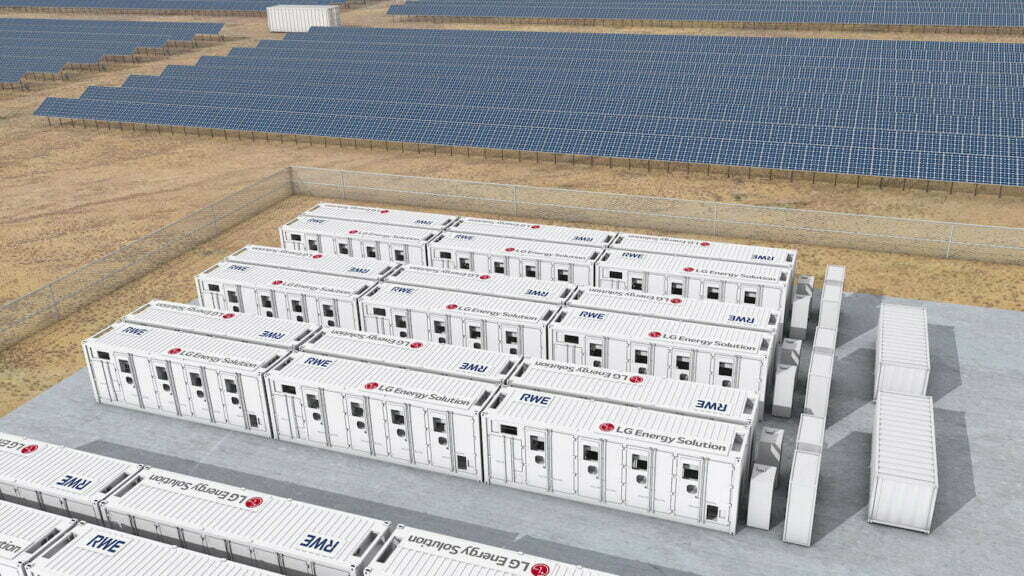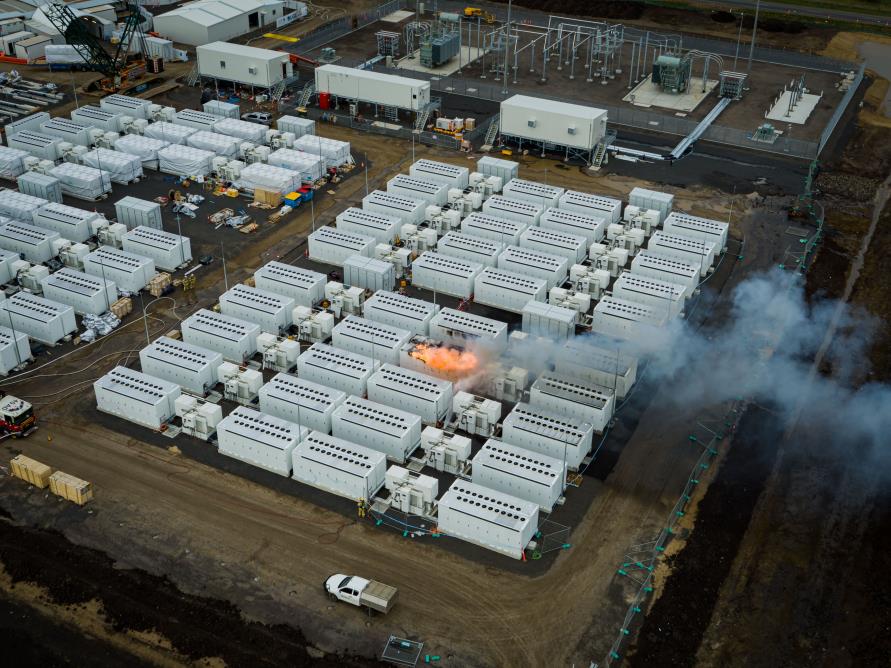Heather Zichal
American Clean Power’s (ACP) Clean Power Quarterly Market Report Q2 2022 shows the rate of clean energy deployment slowed substantially in the second quarter as policy headwinds, economic factors facing the industry and trade issues have impacted project development and increased the backlog of new project delays.
During the second quarter, the industry saw a 55% decline in project installations from the same period in 2021, with 3,188 MW of utility-scale clean power capacity installed. This makes the second quarter the lowest quarter for clean energy capacity additions since the third quarter of 2019.
“We have been warning about the storm of policy and economic headwinds the clean power industry is facing, and this is a step in the wrong direction,” says ACP CEO Heather Zichal. “Congressional inaction and uncertainty on long-term tax policy, tariff and trade restrictions, and transmission constraints all impact the demand for clean energy at a time when we need to be rapidly scaling up development. Our member companies are ready to make the investment decisions necessary for building America’s clean energy economy, but the current business and policy environment is slowing the rate of deployment.”
Additional market headwinds impacting the rate of development include commodity prices, COVID pandemic-related delays, supply chain issues and increased operating costs.
Energy storage was the only technology to experience growth, with a 13% increase in installations. Solar installations were down 53% compared to the same quarter in 2021. Concerningly, onshore wind installations were 78% lower when compared to the same time period last year.
Project developers brought 60 new projects online to the grid in the second quarter, representing $4.3 billion in capital investments. The industry installed 3,188 MW of new capacity from 41 solar projects, 14 storage projects and 5 wind projects across 27 states. Total installations for the year are now 9,795 MW, compared to more than 13,000 MW of projects brought online in the first half of 2021.
The total operating clean power capacity in the country is now over 211 GW – enough to power 58 million homes in America. Broken down by technology, operating clean power capacity is made up of 139,143 MW of land-based wind; 65,749 MW of solar; 42 MW of offshore wind; and 6,471 MW/16,792 MWh of battery storage capacity.
The myriad challenges facing the industry continue to impact project development. While the industry currently has a record volume of potential clean power capacity being developed, the rate of growth is slowing. The project runway grew by just 4% in the first quarter and 3% in the second quarter – much slower than the 12% average quarterly growth experienced throughout 2021.
During the second quarter, the industry started construction on 3,964 MW of projects, while 7,000 MW entered advanced development. There are 1,155 projects in the pipeline with a total capacity of 128,889 MW. This includes 40,656 MW under construction and 88,233 MW in advanced development.
Since the end of 2021 more than 32.4 GW of clean power projects have been delayed and have not yet achieved commercial operation. That’s enough energy to power 6.5 million homes and support 110,000 jobs, and it represents $45 million in investment – much of which flows to local communities.
Solar projects are the most prone to delays, with nearly 21 GW of solar projects currently delayed – much of which is a direct result of misguided trade actions. Solar accounts for 64% of all projects delayed. Wind makes up 17% of total delays in the first quarter of 2022, and battery storage makes up 21% of delays.
This was compounded by project delays from the first quarter, which included more than 7 GW of delayed projects. An additional 8 GW of clean energy slated to come online in the second quarter was also delayed.
Despite regulatory headwinds, solar continues to be the leading technology in the pipeline, accounting for 57% of all clean power capacity in development. Land-based wind accounts for 18% of the pipeline, offshore wind represents 14%, and storage accounts for the remaining 11%.
The second quarter also saw a decline from the prior quarter in terms of projects starting construction or entering advanced stages of development – a key indicator for additional challenges throughout the remainder of the year.
The prospects for these projects moving from development to constructed deployment are unclear without action from Congress.
Texas leads all states in development activity with 23,665 MW underway, representing 18% of the total project development pipeline. Other leading states for project development include California (13,710 MW), New York (10,809 MW), Indiana (7,099 MW) and Virginia (6,456 MW).
The largest projects to come online in the second quarter include the 260 MW DeCordova Energy Storage project in Granbury, Texas. Owned by Vistra Corp., the facility consists of over 3,000 lithium-ion battery modules.
RWE’s Hickory Park Solar + Storage was the largest hybrid project to come online this quarter. Located in Georgia, the project includes 196 MW of solar capacity and 40 MW/80 MWh of battery storage capacity.
The 201 MW Golden Hills Wind project, owned and developed by Avangrid, was the largest wind project to come online. The Oregon project utilizes Vestas and GE Renewables wind turbines.
A bright spot in the report is the increase of clean power procurement. Procurement activity picked up during the quarter as companies announced 8,502 MW of new power purchase agreements (PPAs) – a 35% increase from the previous quarter, and a 27% increase from the second quarter of 2021.
Solar remains the dominant technology of choice for new PPAs, accounting for 71% of all PPA announcements in the second quarter, and 78% of PPA announcements for the year.
Commercial and Industrial (C&I) buyers accounted for 5,654 MW of new PPAs this quarter, a notable 71% increase from the previous quarter. The top corporate purchasers in the second quarter were Amazon (3,200 MW), Microsoft (615 MW) and Verizon (525 MW).
There was a decline in PPA announcements from utilities, with 1,095 MW of contracted capacity announced. Despite the drop in utility PPA announcements, it continues to be a seller’s market for renewable energy. Demand continues to grow as utilities seek to decarbonize their electricity mix, while more and more corporations seek to achieve their sustainability goals.
The top utility PPAs announced this quarter include CenterPoint Energy (335 MW), South Carolina Public Service Authority (205 MW) and CMS Energy (150 MW).
Read the full report here.
Continue reading










